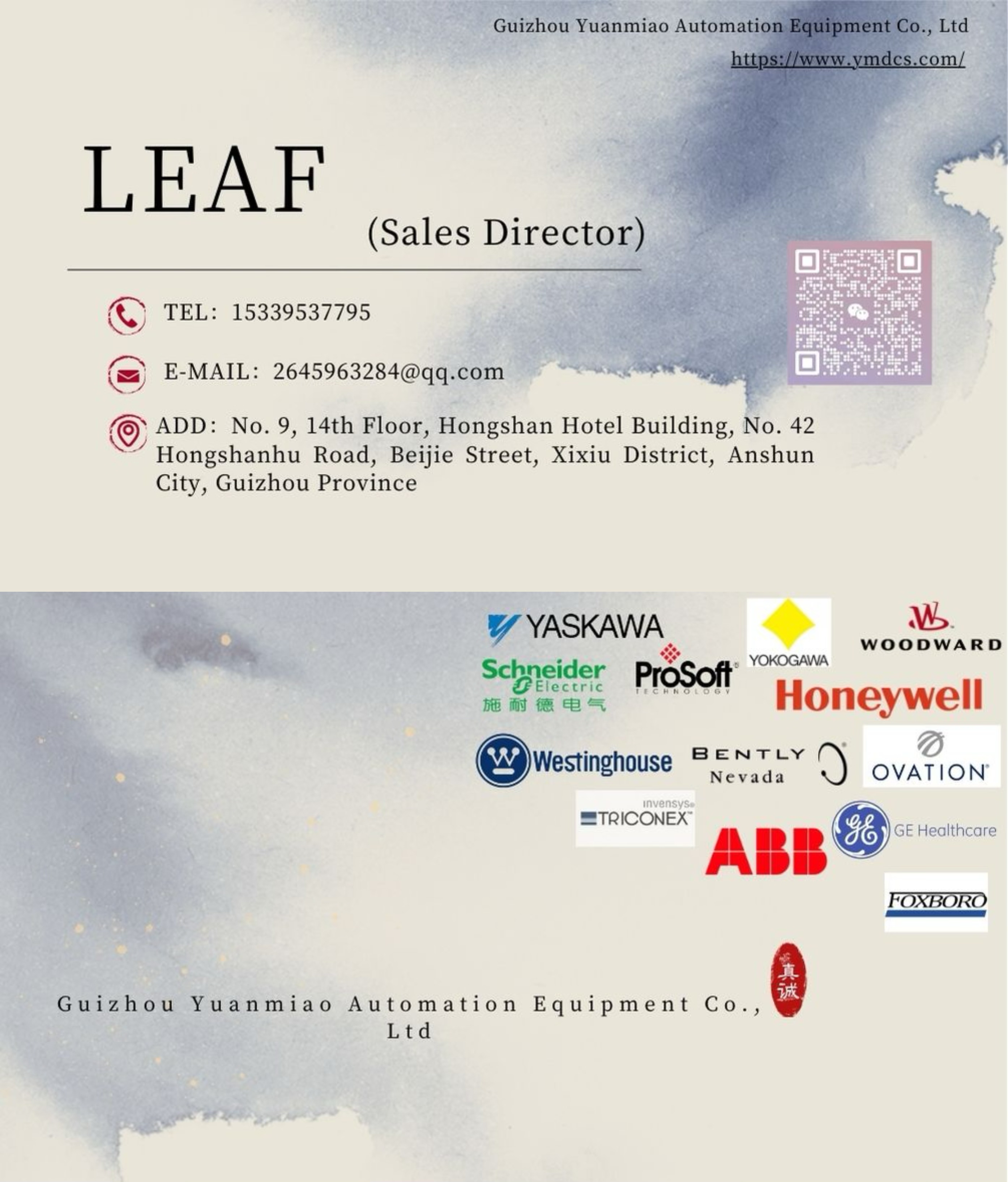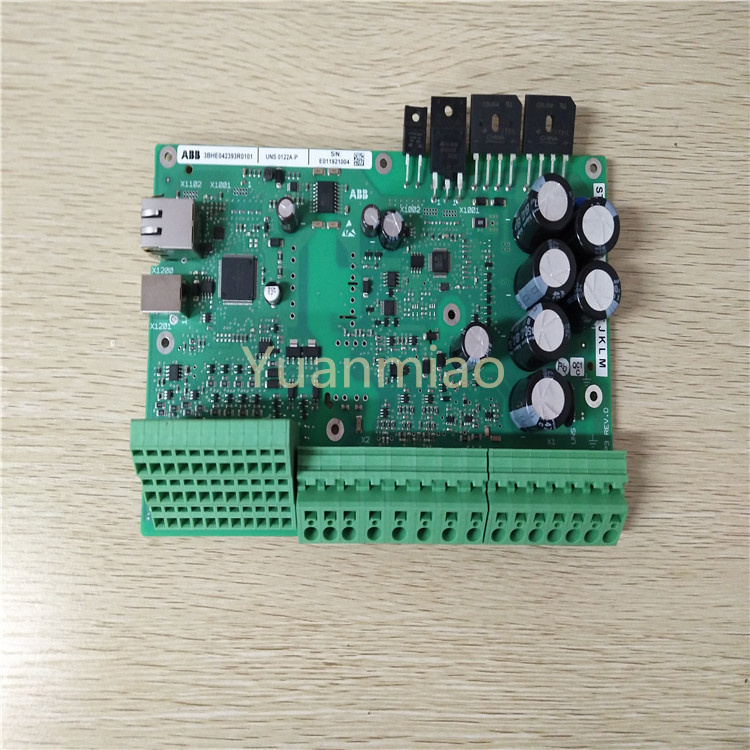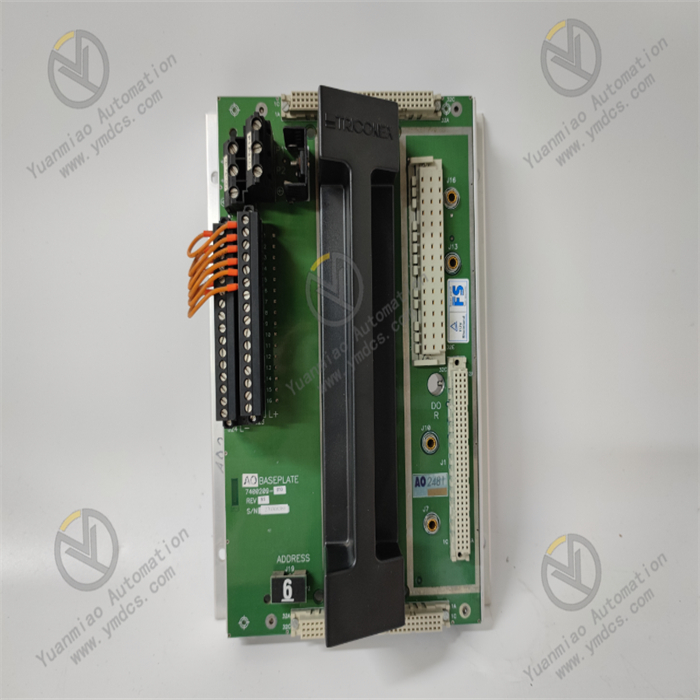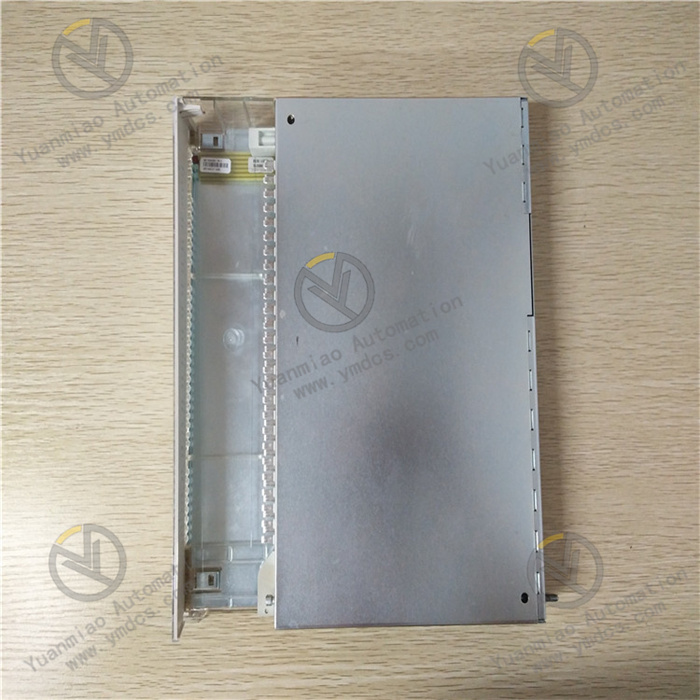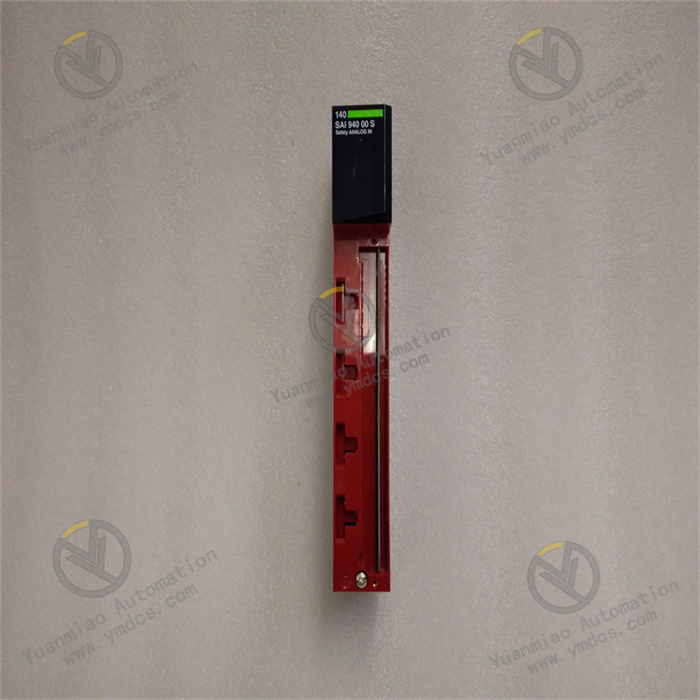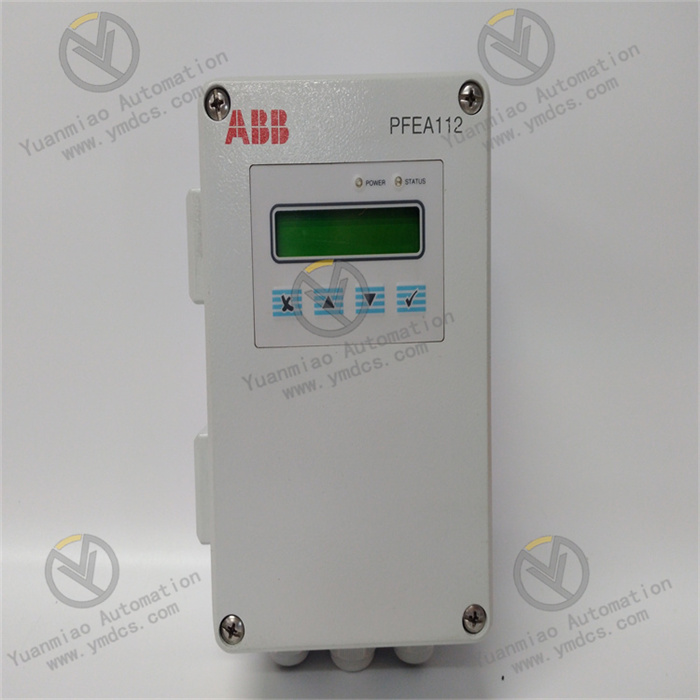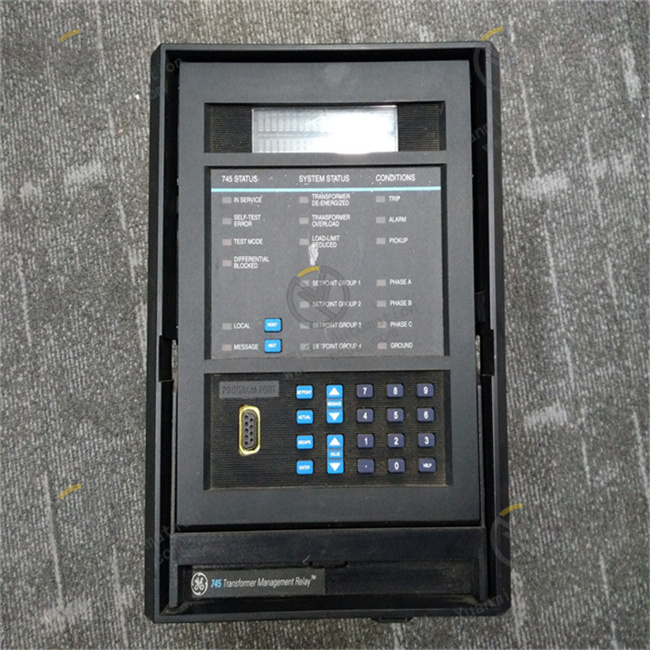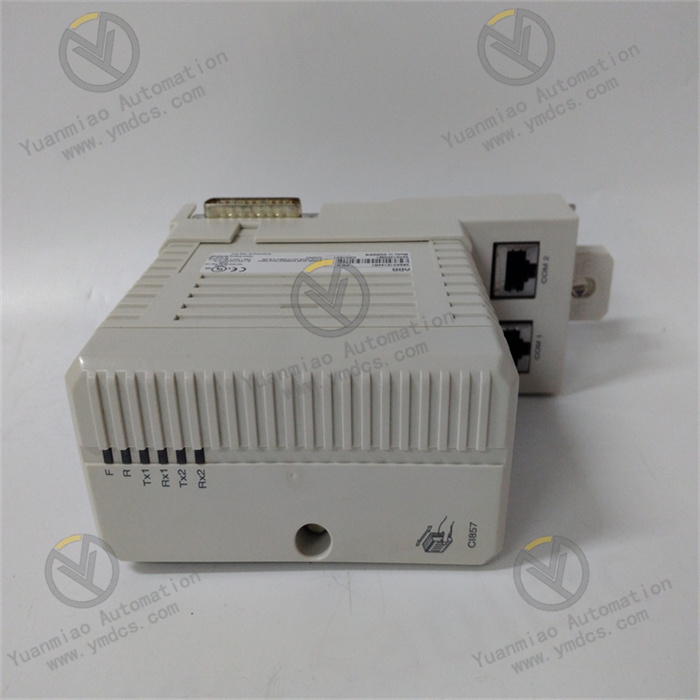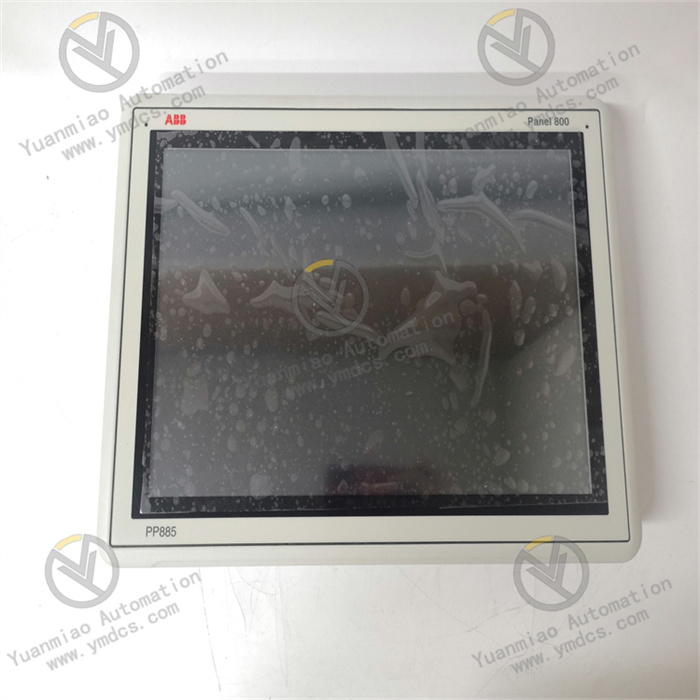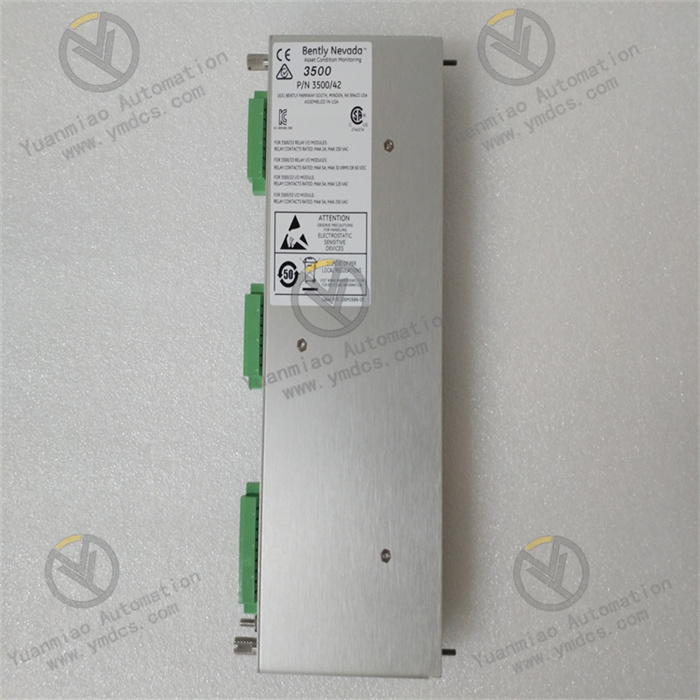Description
Functional Features 1. Strong data processing capability: Equipped with a high-performance processor, it can quickly process various data from industrial sites, including analog quantities and digital quantities, and achieve real-time monitoring and control of industrial processes. For example, it can quickly analyze and process data transmitted by various sensors on the production line, and adjust parameters in the production process in a timely manner. 2. Multiple communication interfaces: It supports Ethernet (ETH) communication and can perform high-speed data transmission with other devices (such as PLC, host computer, sensors, actuators, etc.). At the same time, it may also support other communication protocols, such as Modbus, etc., which is convenient for integration with different types of devices and realizes the interconnection of the system. 3. Flexible programming function: It supports multiple programming languages, such as ladder diagram and structured text, etc., which is convenient for engineers to program according to different application requirements. Users can write control programs according to the requirements of the actual production process to achieve precise control of the equipment. 4. Reliable stability: It uses high-quality electronic components and advanced manufacturing processes, has strong anti-interference ability, and can operate stably in harsh industrial environments (such as high temperature, high humidity, strong electromagnetic interference, etc.). At the same time, it has a perfect self-diagnosis function, which can detect equipment failures in a timely manner and take corresponding measures to ensure the reliability of the system. 5. Rich I/O functions: It has rich input and output interfaces, including analog input and output, digital input and output, etc. It can connect various industrial devices, such as sensors, actuators, etc., to achieve comprehensive control of industrial processes. For example, it can collect parameters such as temperature and pressure through analog input interfaces, and control the start and stop of motors through digital output interfaces.

Technical Parameters 1. Power supply voltage: It usually uses a DC power supply, such as 24V DC, and may also support AC power supply, such as 220V AC, depending on the product specifications. 2. Processor performance: It is equipped with a high-performance processor, with high operation speed and storage capacity. For example, the main frequency of the processor may reach several hundred MHz, and the memory capacity may be several MB to dozens of MB to meet the needs of data processing and program operation. 3. Communication rate: The Ethernet communication rate can reach 10/100Mbps, enabling fast data transmission. If it supports other communication protocols, such as Modbus, its communication rate will also have corresponding specifications, such as 9600bps to 115200bps, etc. 4. Number of I/O channels: There may be multiple analog input and output channels, for example, 8 analog input channels and 4 analog output channels; there may also be a relatively large number of digital input and output channels, such as 16 digital input channels and 16 digital output channels, etc., depending on the product model. 5. Operating temperature range: The general operating temperature range is from -10°C to 55°C, which can adapt to different industrial environment temperatures. Application Areas 1. Industrial automation production lines: In the automation production lines of industries such as automotive manufacturing and electronics manufacturing, it is used to control various devices on the production line, such as robots, conveyor belts, processing equipment, etc., to achieve automation and intelligence of the production process and improve production efficiency and product quality. 2. Power systems: It can be used for the control and monitoring of equipment in substations, such as the temperature monitoring of transformers and the control of circuit breakers, etc., to ensure the stable operation of the power system. In the power distribution system, it can monitor and control power parameters in real time to achieve reasonable power distribution. 3. Chemical industry: In the chemical production process, it can precisely control parameters such as the temperature, pressure, and liquid level of the reaction kettle to ensure the safety and stability of chemical production. For example, it can automatically adjust the feed amount, reaction temperature, etc. according to the parameter changes in the reaction kettle. 4. Smart buildings: It participates in the automation control system of smart buildings, monitors and controls systems such as the air conditioning system, lighting system, and elevator control system, and realizes the intelligent management and energy optimization of the building. For example, it can automatically adjust the operation status of the air conditioning system according to the environmental temperature and personnel needs.
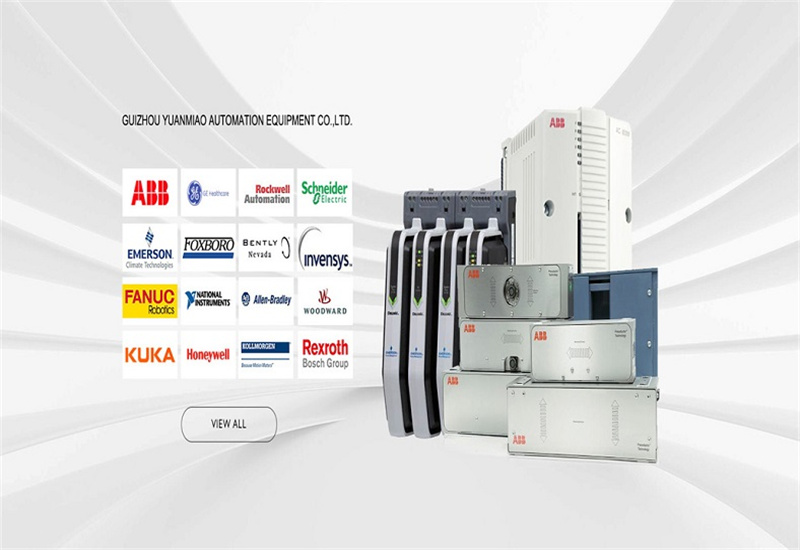
Common Faults and Solutions
1. Communication faults
Reasons: Damaged communication cables, loose communication interfaces, incorrect communication parameter settings, communication module failures, etc.
Solutions: Check whether the communication cables are properly connected and if there is any damage, and replace the cables if there are problems; check whether the communication interfaces are loose and re-plug them; confirm whether the communication parameter settings, such as baud rate, data bits, stop bits, etc., are correct, and re-set the correct parameters; if the communication module is suspected to be faulty, use professional detection equipment for detection and replace the module if there are problems.
2. I/O faults
Reasons: Damaged input and output modules, sensor failures, actuator failures, incorrect wiring, etc.
Solutions: Check whether the input and output modules have phenomena such as overheating and damage, and replace the faulty modules; check whether the sensors and actuators are working properly, and replace the corresponding devices if there are problems; check whether the wiring is correct and repair the incorrect wiring.
3. Program operation faults
Reasons: Program logic errors, insufficient memory, processor failures, etc.
Solutions: Check the program logic, debug the program, and repair the logic errors; check the memory usage, optimize the program, and release the memory; if the processor is suspected to be faulty, use professional detection equipment for detection and replace the processor if there are problems.
4. Power supply faults
Reasons: Damaged power supply modules, abnormal power input (such as unstable voltage, reverse polarity, etc.).
Solutions: Check whether the power supply modules have phenomena such as overheating and damage, and replace the faulty power supply modules; check whether the power input voltage is within the allowable range of the equipment, check whether the power polarity is correct, and ensure normal power input.
